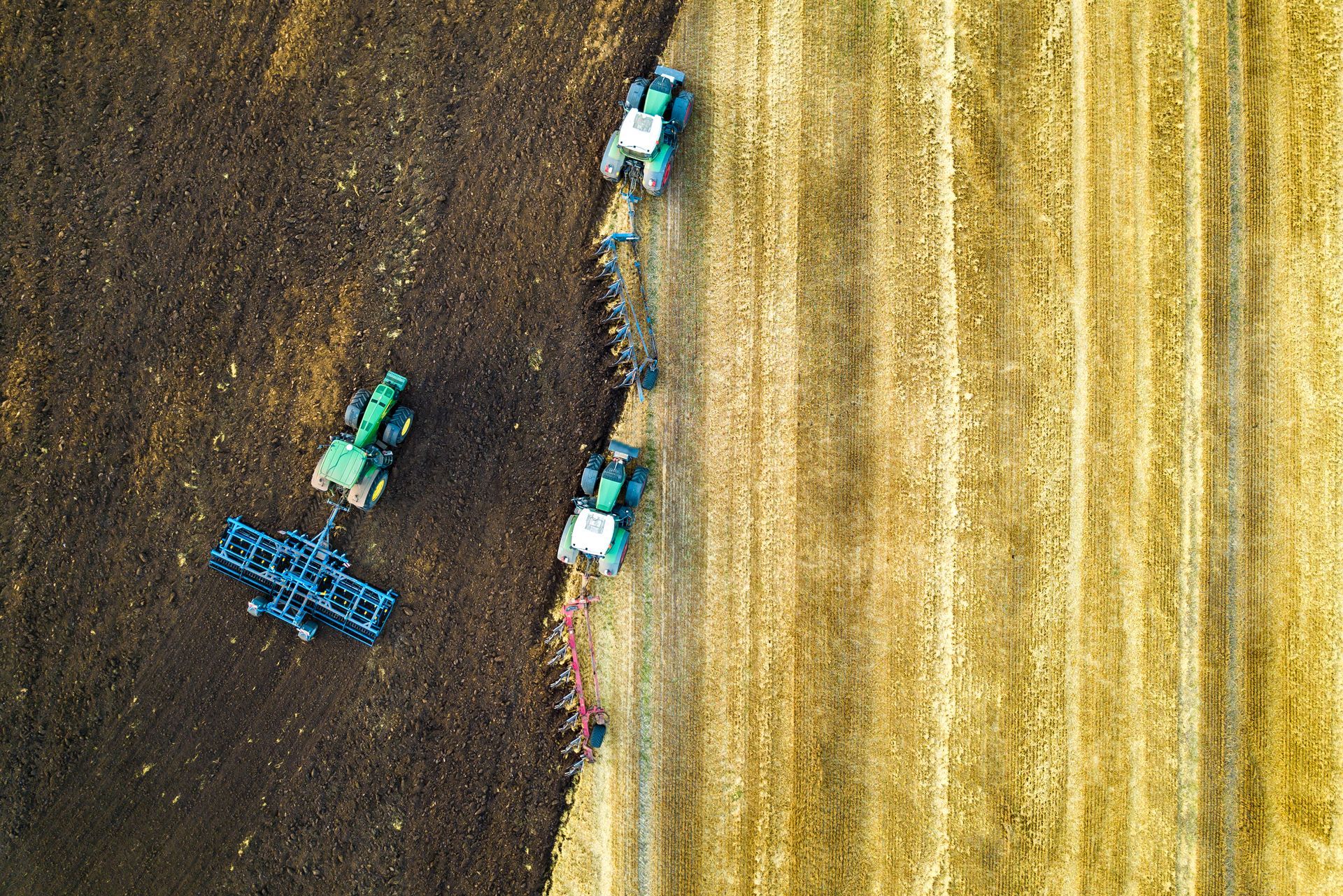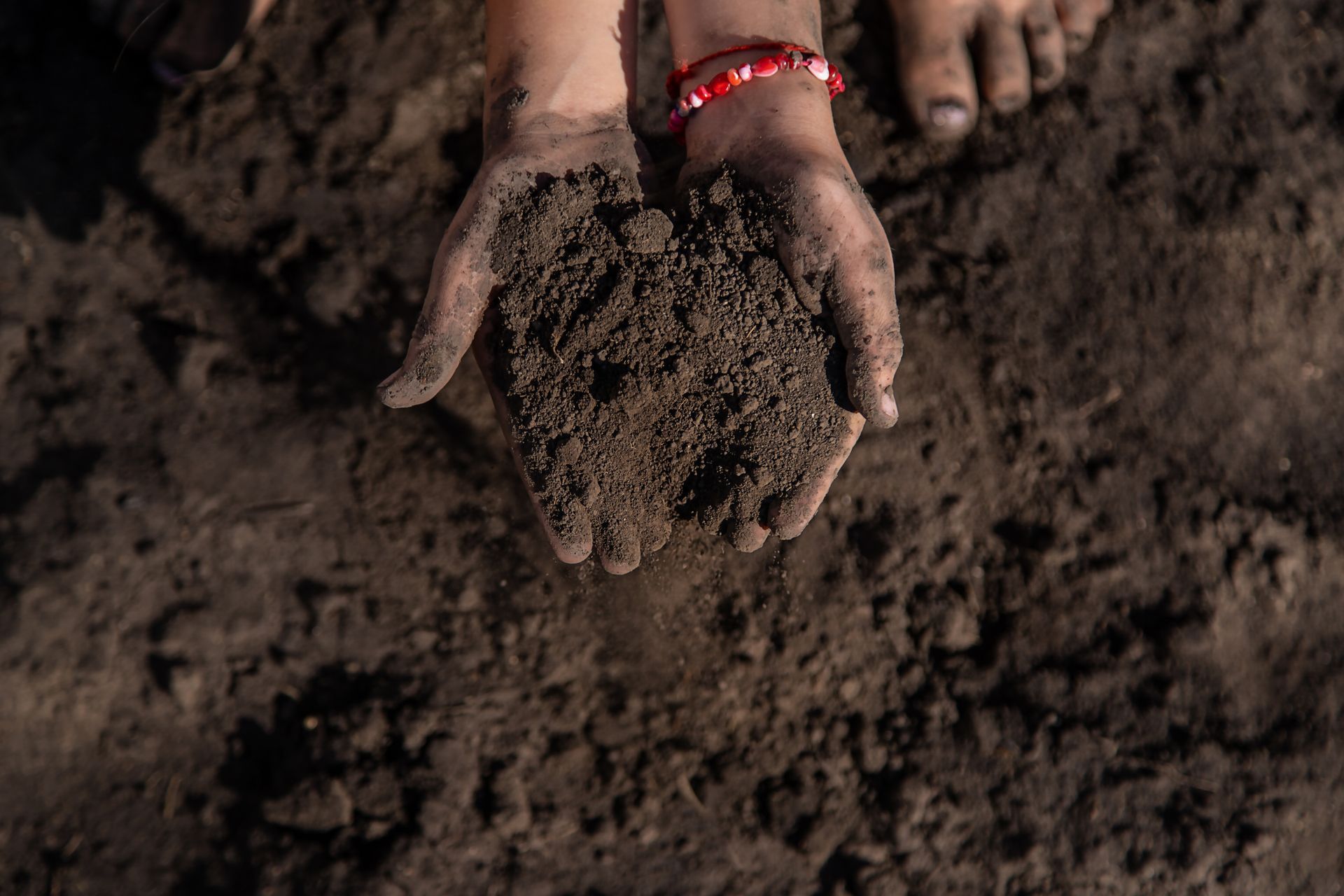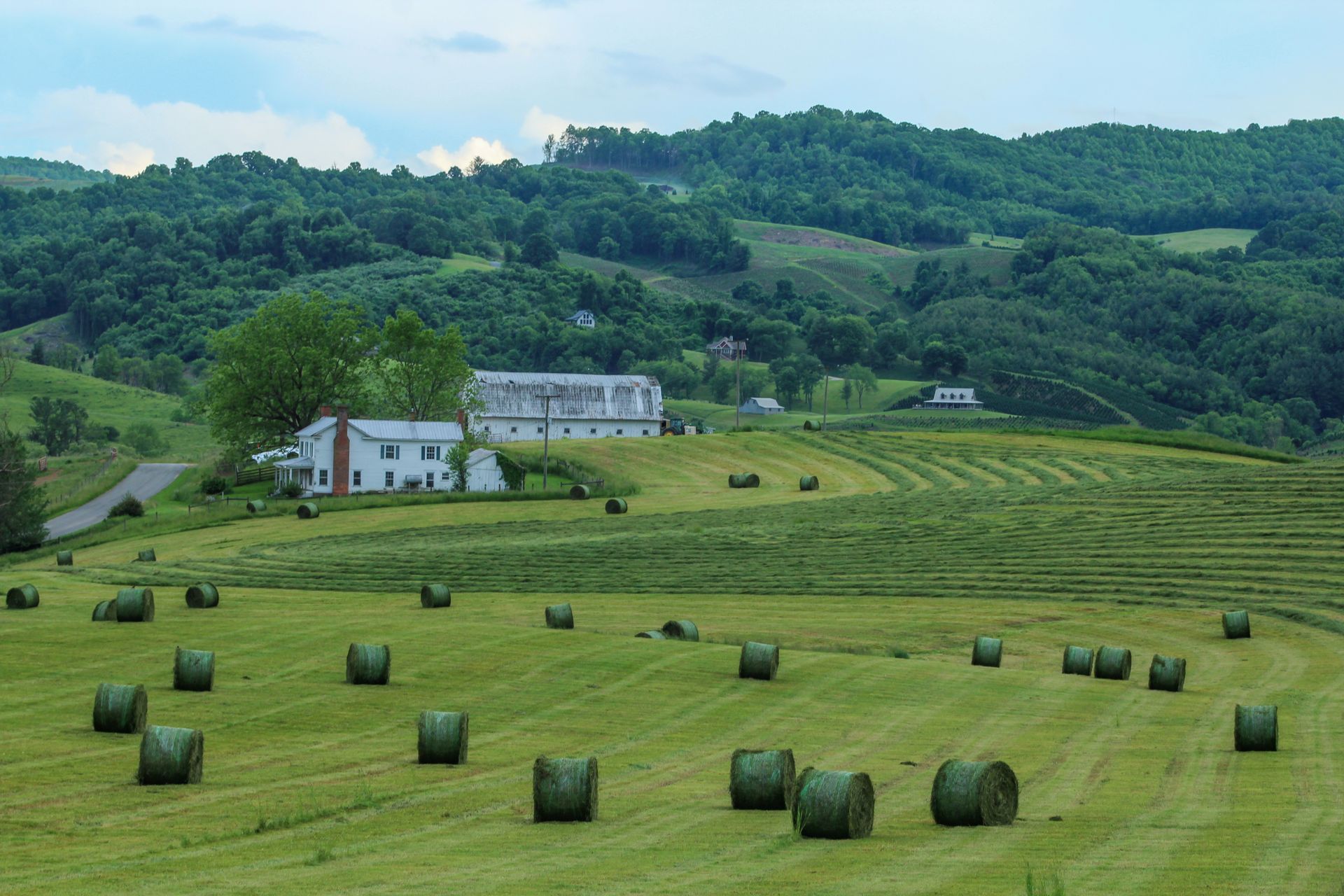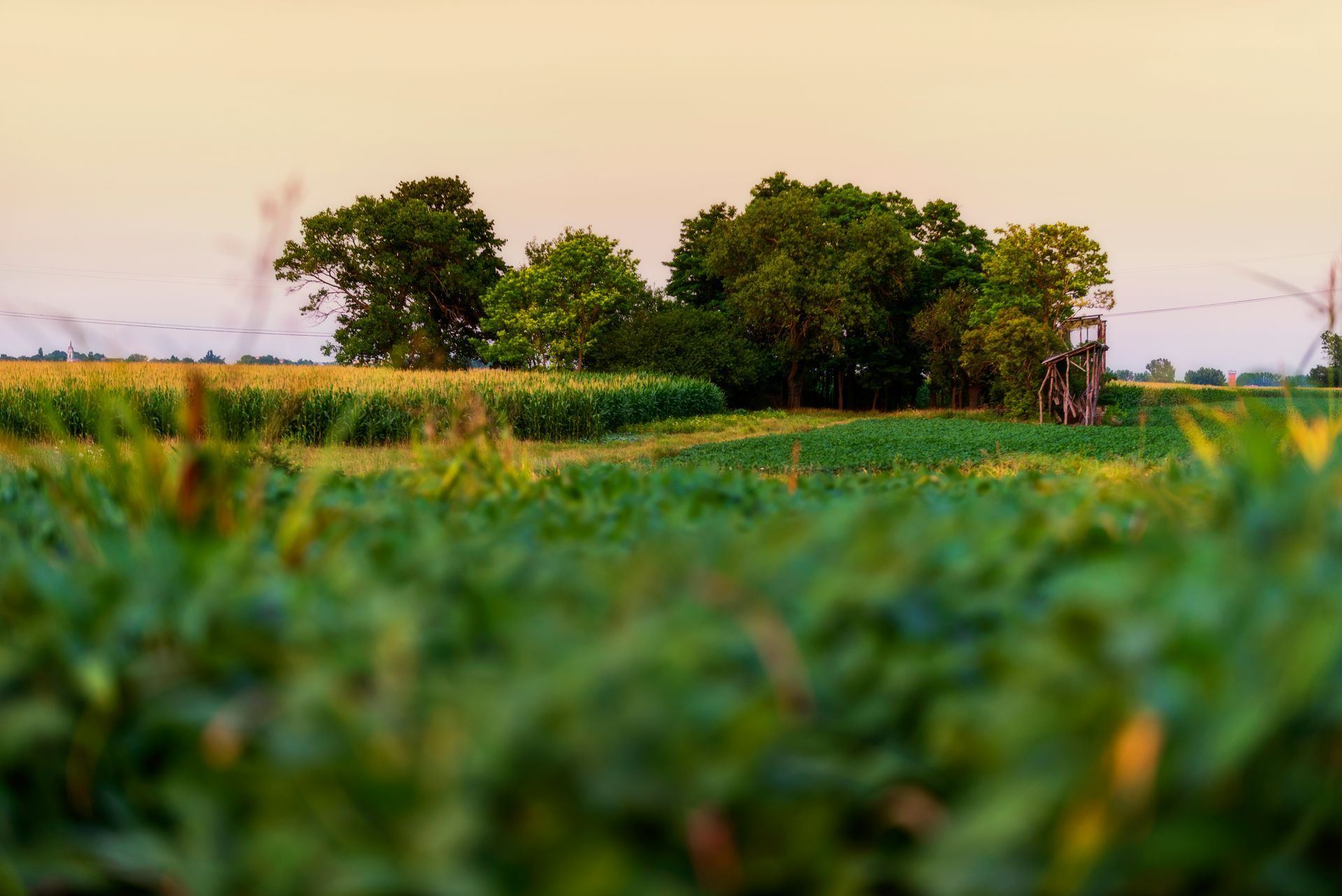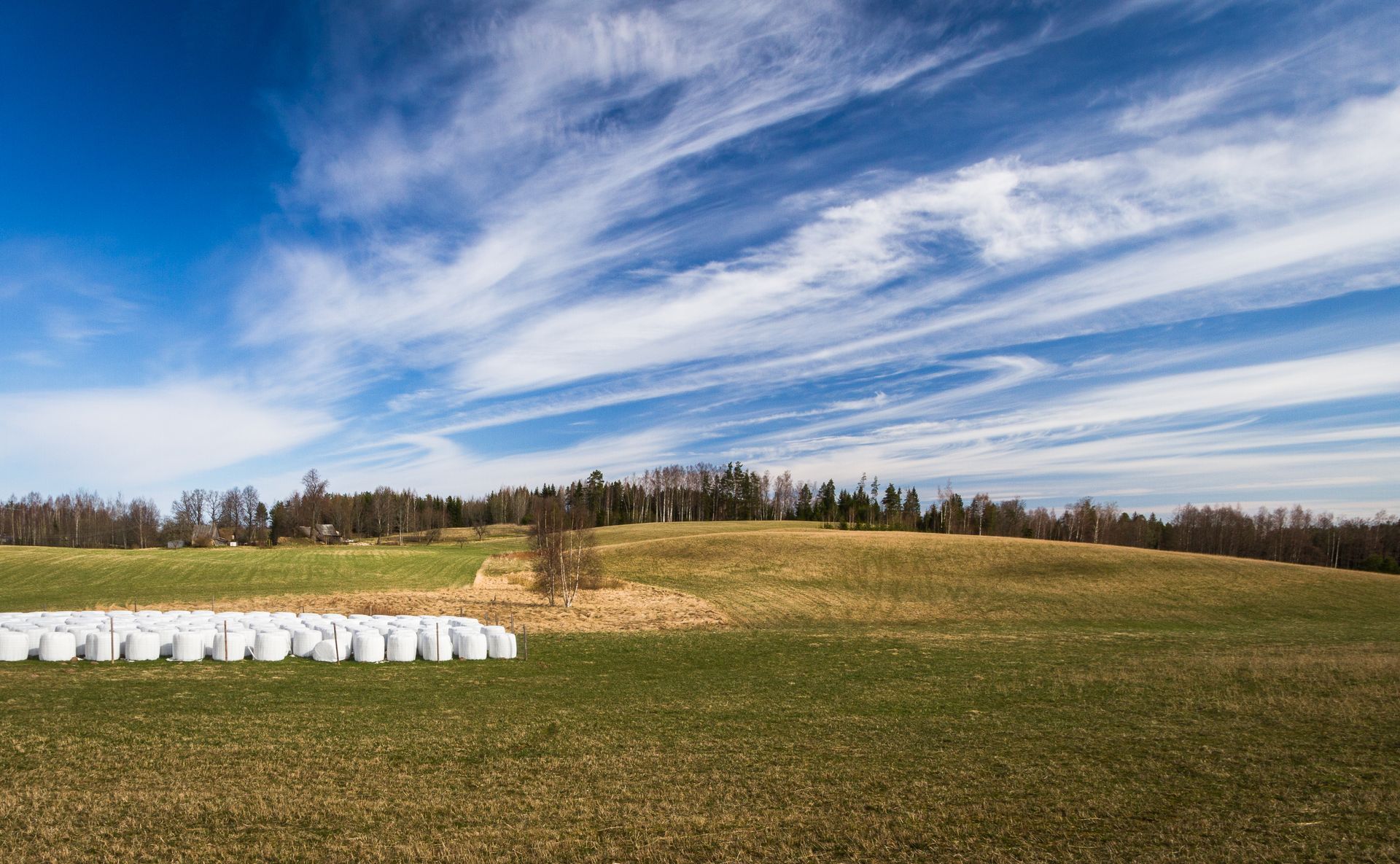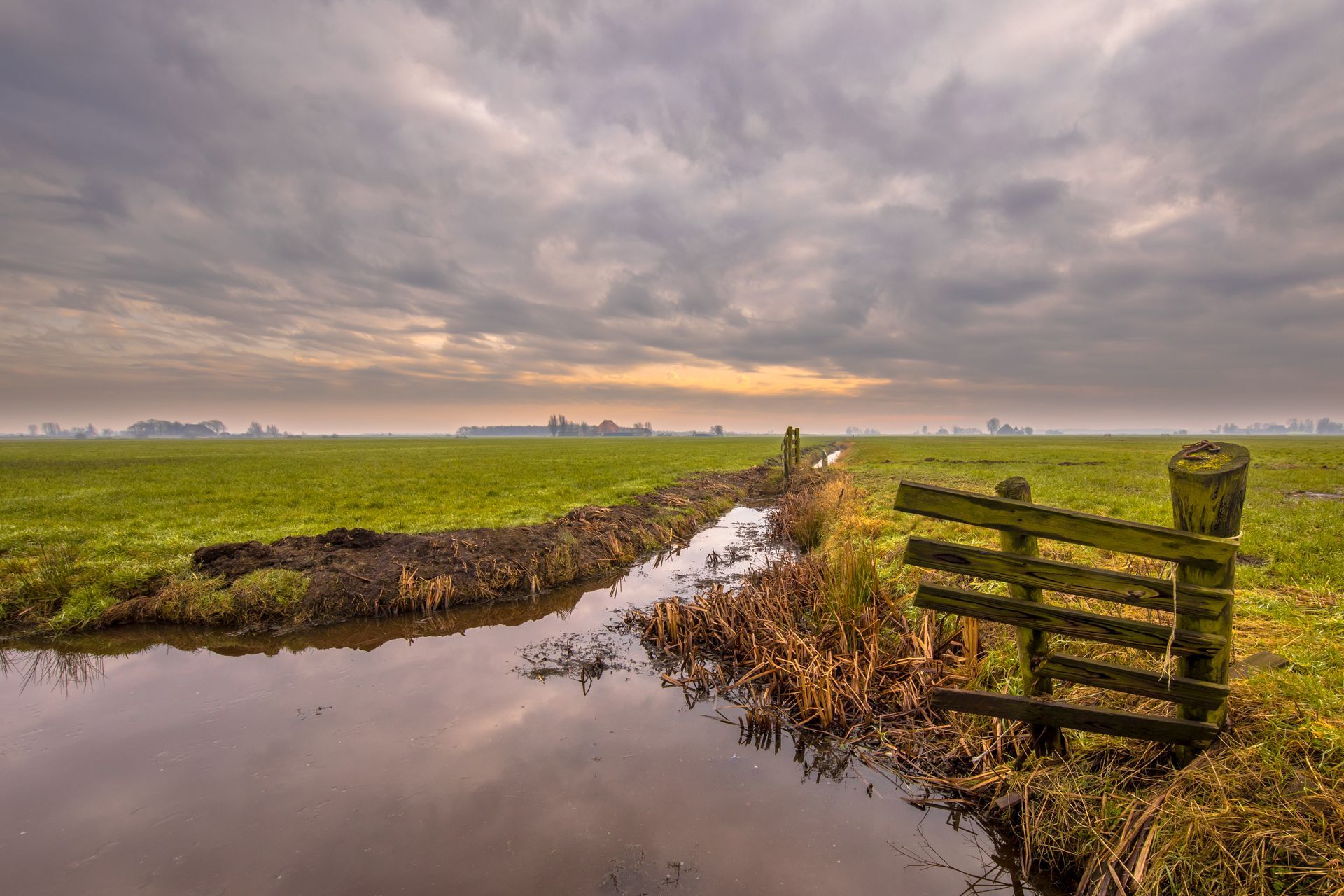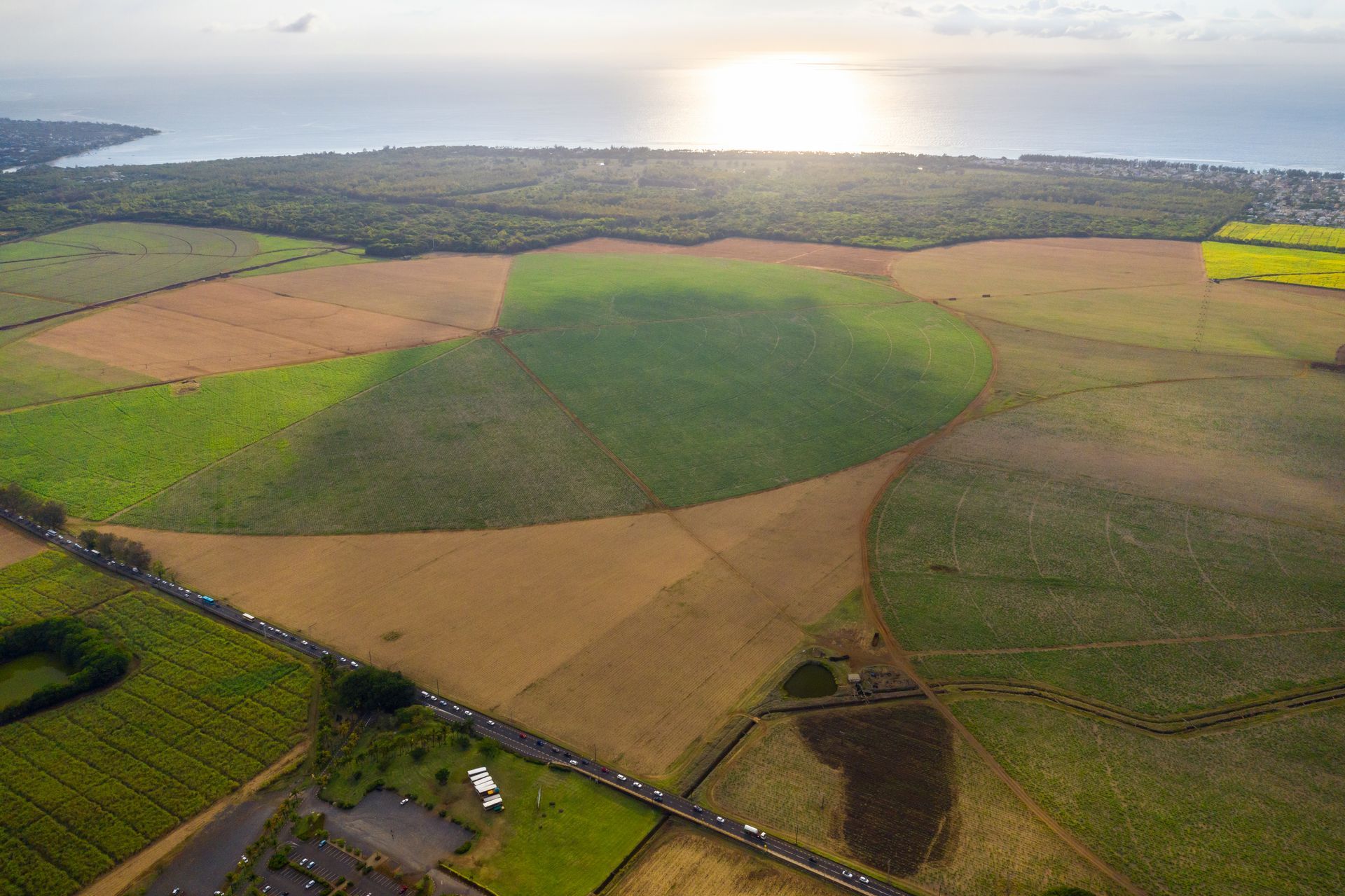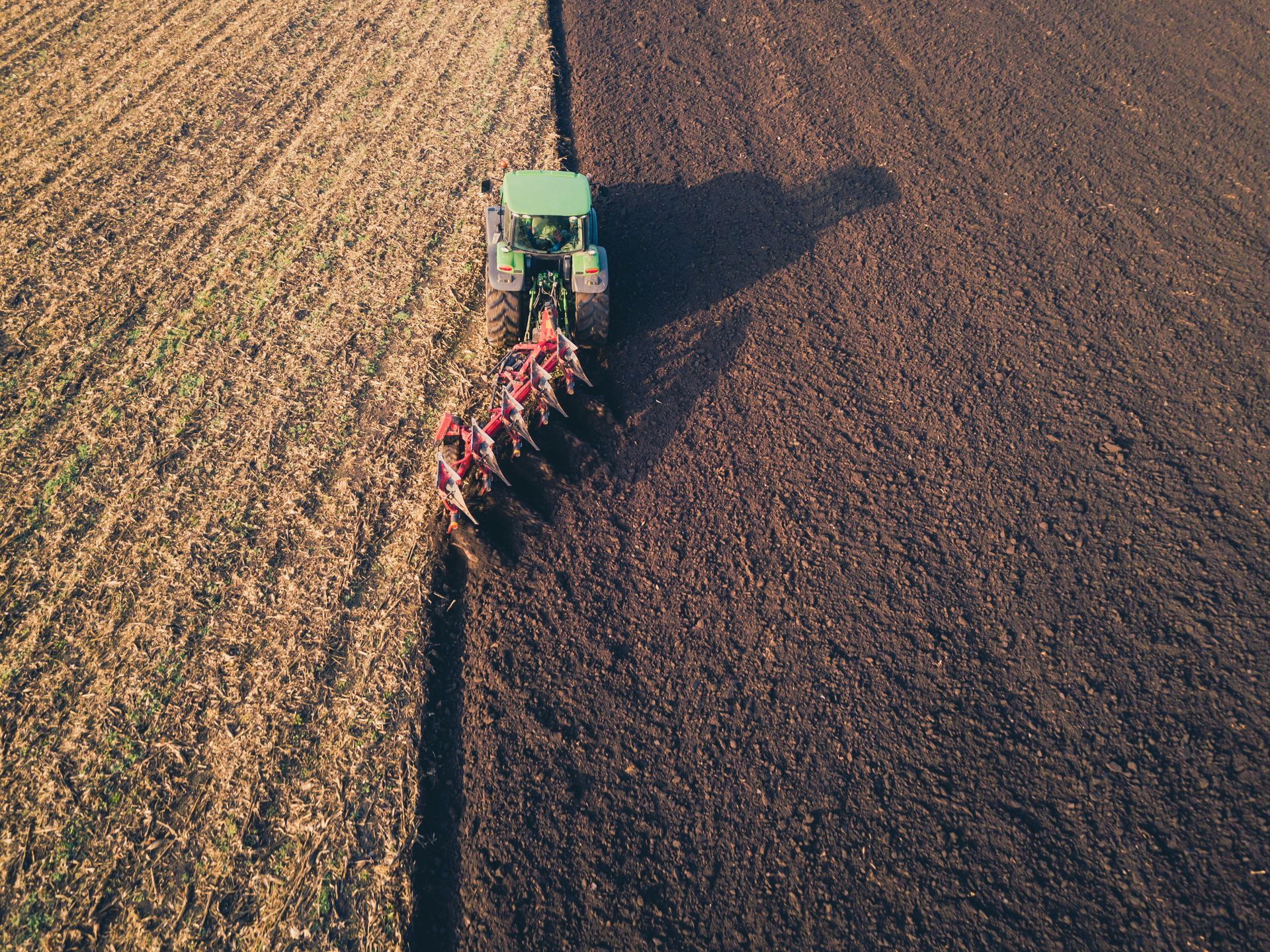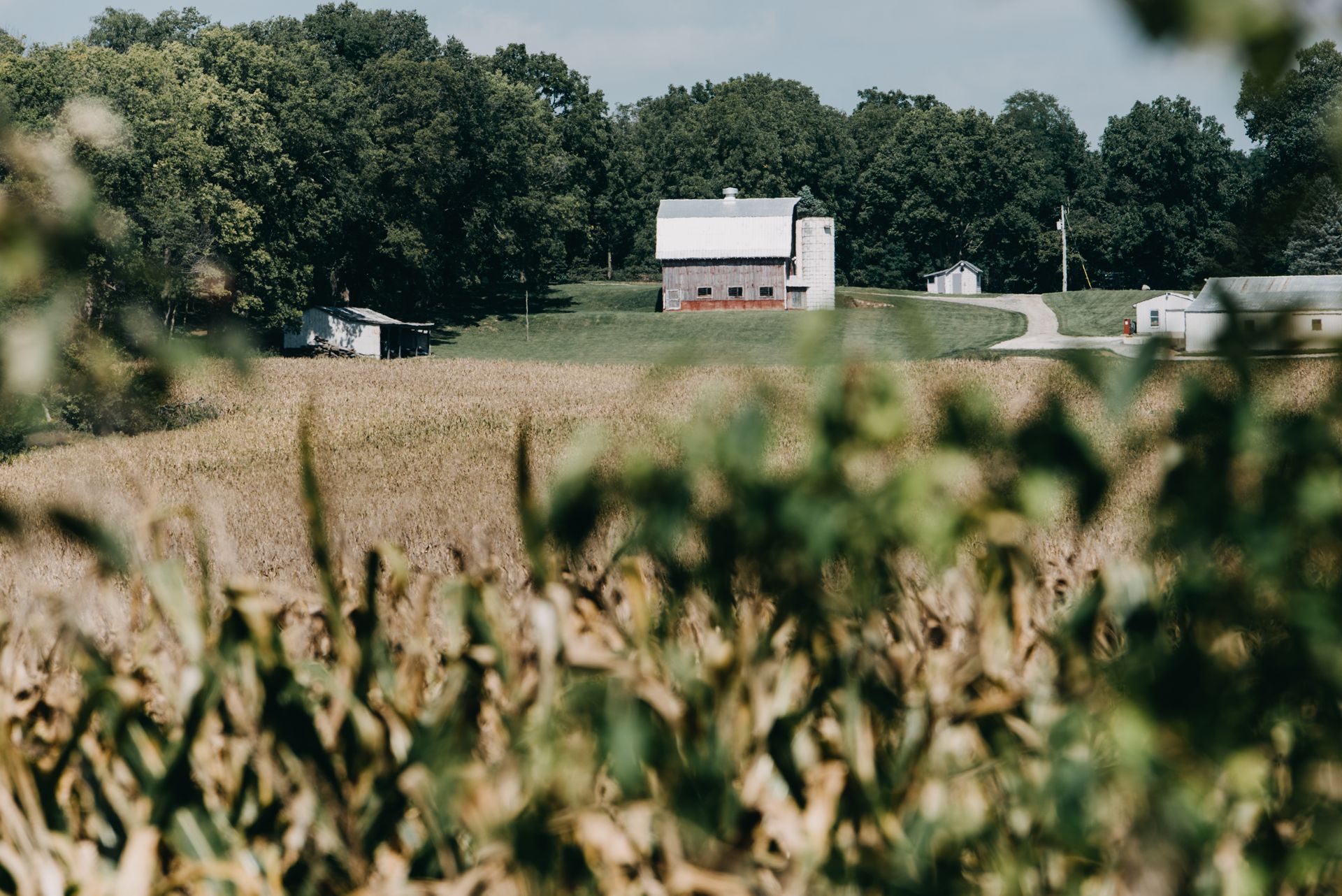
Techniques You Can use to Improve Your Drainage
In farm draining and tiling there are new kinds of methods to control how much water is in your fields. Decades ago farmers began to test new and different ways of controlling water amounts in their fields, and one of them were early drainage systems. They assisted the farmers with insuring planting and harvesting being a more specific time, controlling erosion, and overall improving crop yield.
Now, due to massive improvements in technology associated with farming, growers can closely monitor the progress and yield of their crop, being able to identify tiled areas as opposed to areas with insufficient drainage. Among the technology improvements is the tech of drainage. Pipes buried underneath the crops in the fields allow farmers to spread water through the fields whenever a dry period comes along. “I would like every farmer or landowner contemplating a new drainage system to consider one of the conservation options that are available now,” says Gary Sands, Extension engineer with the University of Minnesota. “With the advancements out there, it’s worth looking into a drainage water management or controlled-drainage design.
"And, whether or not the practice is implemented right away, a farmer will have the right design and be able to implement it later on.”
Sands offers some thoughts for farmers, such as considering a shallower system. Rather than the traditional 4-foot-deep tiling, farmers might want to consider a 3-foot-deep system that might conserve more water and nutrients in the water profile.
A purchase that might be a good investment would be a woodchip bioreactor, as a way of removing nitrates from your soil. Bioreactors have been subject to many studies in Illinois and have proven removal of nitrates from your water.
A woodchip bioreactor is made by digging a 6 feet deep, and 2-3 feet wide trench, the length of the trench can be decided based on how much water is being treated, an estimation is about 10 feet of trench per acre of land needed drained. The trench is then filled almost entirely with woodchips, then covered with topsoil. Drainage water is directed via plastic drainage pipes. Water is removed at the downstream end of the bioreactor with another section of plastic tile that directs the water into a drainage main or ditch.
Contact Us Today!
We would be happy to answer any questions you may have!
-
Address
8105 Malone Rd, Shiloh, OH 44878
-
Phone
(419) 908-5696
-
Email:
Sales@RichlandMicroDrainage.com
